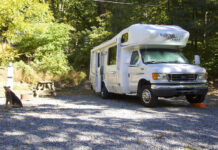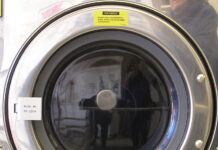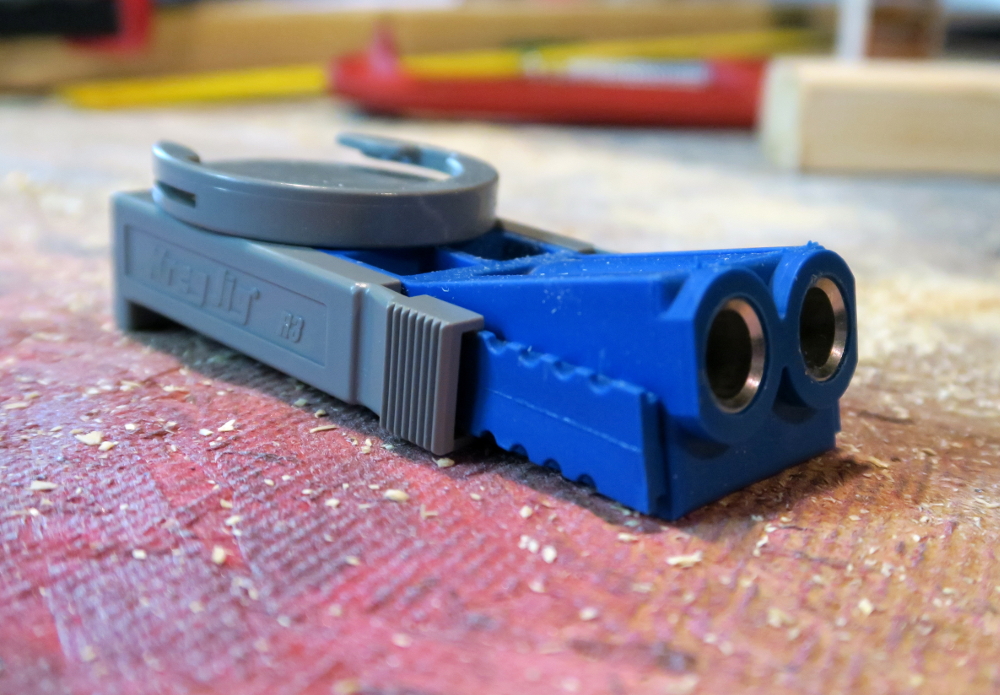 Woodworking is a hobby of mine. But I can be impatient, especially with traditional joinery techniques.
Woodworking is a hobby of mine. But I can be impatient, especially with traditional joinery techniques.
When I came across pocket hole joinery, I was sold. That brought me to a big question: What is the best pocket hole jig for me?
I’ll explain why I bought the Kreg Jig R3, along with why I think the K4 and Mini would be just as good a purchase. First, let’s look at why use this joinery method.
Read customer reviews of the best pocket hole jig in 2023 on Amazon.
What is pocket screw joinery?
Pocket hole joinery is a quick way to join two boards with a self-tapping screw. This involves drilling one hole, which is generally at a 15 degree angle.
Because there is only one hole, lining up the boards is much easier compared to mortise and tenon joints, which require a little more math and measurements.
No glue is required (but usually a good idea to use).
Pocket joints can be used with angles, aprons, beveled corners, curves, edge banding, edge joining, face, cabinet, and picture frames, leg rails, and in many other applications.
The downside to pocket hole joinery is the screw hole. The hole needs to be in a hidden portion of the project because it is unsightly. Of course, there are plugs that could be used, but they won’t match 100 percent.
Pocket screws don’t provide the same heirloom quality that say a dovetail, tongue and groove, or mortise and tenon.
That said, I don’t produce heirloom quality pieces. I make functional pieces with inexpensive wood, a table saw, and a good radial arm miter saw.
Kreg Jig R3
I bought the Kreg Jig R3 as part of a DIY project kit. It included the pocket hole jig, along with a shelf-pin jig and a circular saw guide.
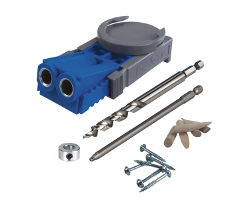 Main bits of the Kreg Jig R3 include the carry case, stepped drill bit, driver bit, a small screw set, plug set, Allen wrench, depth collar.
Main bits of the Kreg Jig R3 include the carry case, stepped drill bit, driver bit, a small screw set, plug set, Allen wrench, depth collar.
Note: You need to supply a clamp with this pocket hole jig kit. I was worried when I bought it that I would need to get the Kreg Face Clamp. I did not. A simple C-clamp will work.
The Kreg pocket hole jig allows adjustments from 1/2 inches to 1 1/2 inches thick, which means it works well with 1/2 project boards to 1/2 plywood to 2×4 studs.
If you are working with large panels or need to repair a joint on an already assembled piece, the R3 is perfect because of its portability.
I have found it does have limitations: The tabs that attach to the board are plastic and feel flimsy.
Example: I had a few small scrap 1 1/2 x 1 1/2 board I drilled pocket screws into. The jig was set to drill a 1 1/2 inch hole, which was the jigs longest setting.
The plastic side rails were extended and the end tab felt weak in that instance.
Also, I could only use one tab at the end of the board because of its size.
I think the Kreg Mini would have been the better tool for the job, but I used what was available. And that’s the purpose the K3 serves, I think.
The R3 works perfect for beginner to intermediate woodworkers or project-goers who don’t want to spend a Benjamin on a jig. Those who can make do and make it work.
The R3 is listed as a best-selling pocket drill jig on Amazon.
If you are using this weekend after weekend, you may want to upgrade to the Kreg Jig K4 for fear you may snap the tabs on the R3.
Note: Practice pocket joinery on scrap boards before you start on your project — much like you would practice with a new table saw or miter saw using scrap wood.
Kreg Jig K4
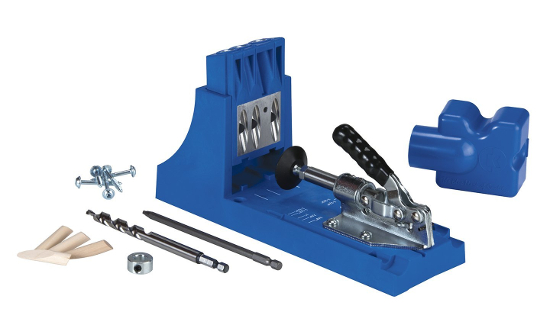 The Kreg Jig K4 has more features than the K3. The largest seems to be the mounting system and clamping mechanism based on information available.
The Kreg Jig K4 has more features than the K3. The largest seems to be the mounting system and clamping mechanism based on information available.
Although I don’t have first-hand experience with the K4, below is a Kreg Jig K4 review video I found on YouTube.
Find the best pocket hole jig on the market on Amazon.
Originally posted 2023-01-06 01:24:31.
